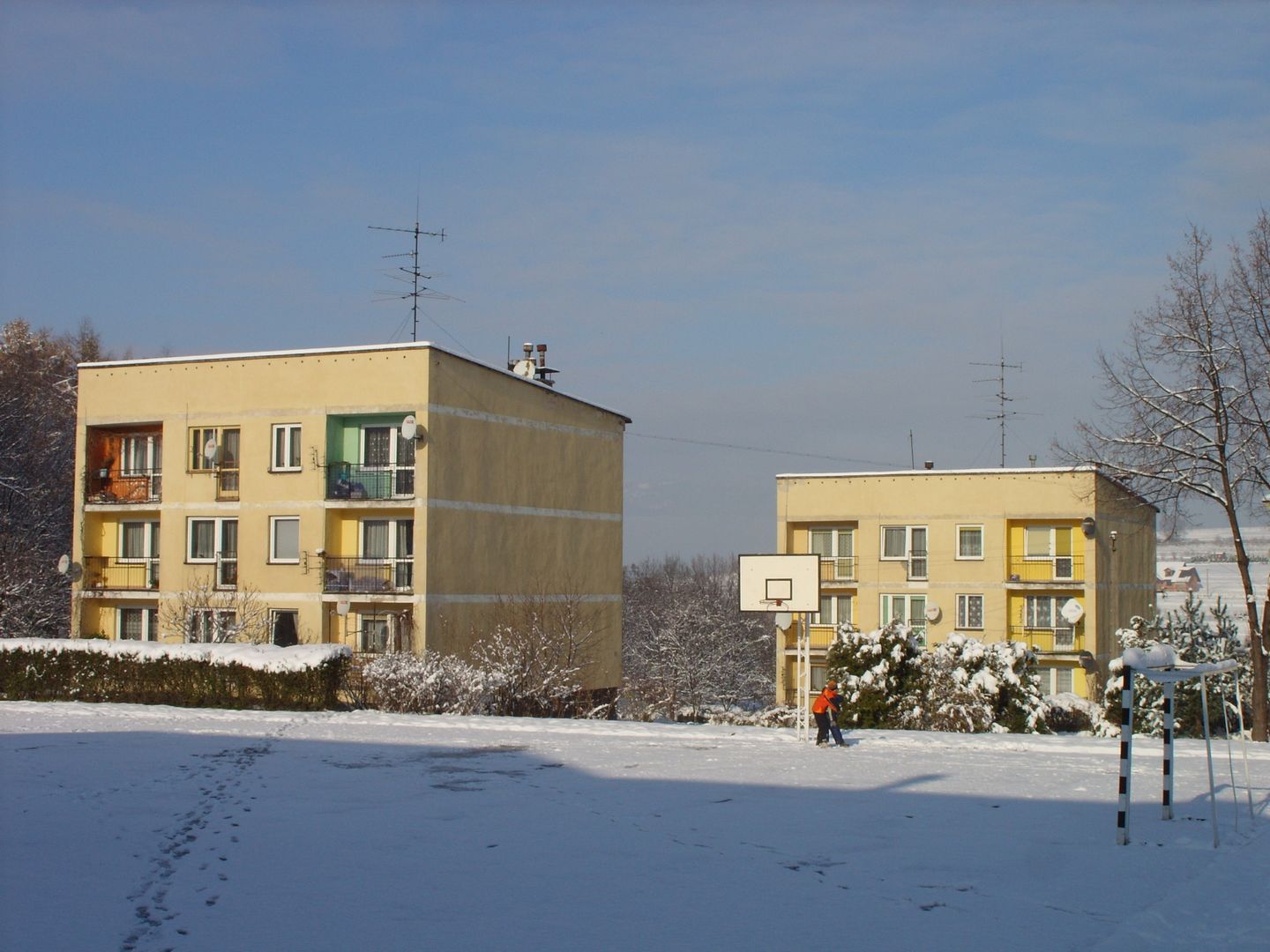Moszczanica
6.78

Overview
Moszczanica is a district of Żywiec that was incorporated into the city in 1976. It is located in its eastern part, between the Moszczanica stream and the Łękawka River, with its northwestern edges bordering Lake Żywieckie. The name of the district comes from the numerous small bridges spanning the stream. Moszczanica has a rich history dating back to medieval times, when it was described by Jan Długosz as a separate village between 1470 and 1480. In the 18th century, the locality came into the hands of the Komorowski and Wielopolski families, and after various estate divisions and transactions, it passed to the Kępiński family in the 19th century. The manor complex built between 1827 and 1828 was an important landmark in Moszczanica, and during the Polish People's Republic, it became the seat of an agricultural school. The architectural value of the district is further highlighted by other monuments, such as a stable from 1907, the Chapel of St. Onuphrius, and a park from the turn of the 19th and 20th centuries. The activity of local educational institutions began in 1910, and over time, local schools were transformed and modernized, including the establishment of the Agricultural Technical School Complex. The district is also home to the Church of Divine Mercy, which was erected in 1986. Moszczanica was the site of Marshal Józef Piłsudski's rest in 1934, commemorated by a memorial plaque. Another interesting fact is the activity of the Association of Free Bible Students, which gained popularity in the region after World War II. The district is well-developed in terms of transportation, with a network of provincial and county roads, and is served by city buses, facilitating residents' access to Żywiec and the surrounding areas. Moszczanica, combining history, architecture, and culture, becomes a significant point on the regional map, full of monuments and educational traditions.
Location
Tickets
Powered by GetYourGuide
2025 Wizytor | All Rights Reserved